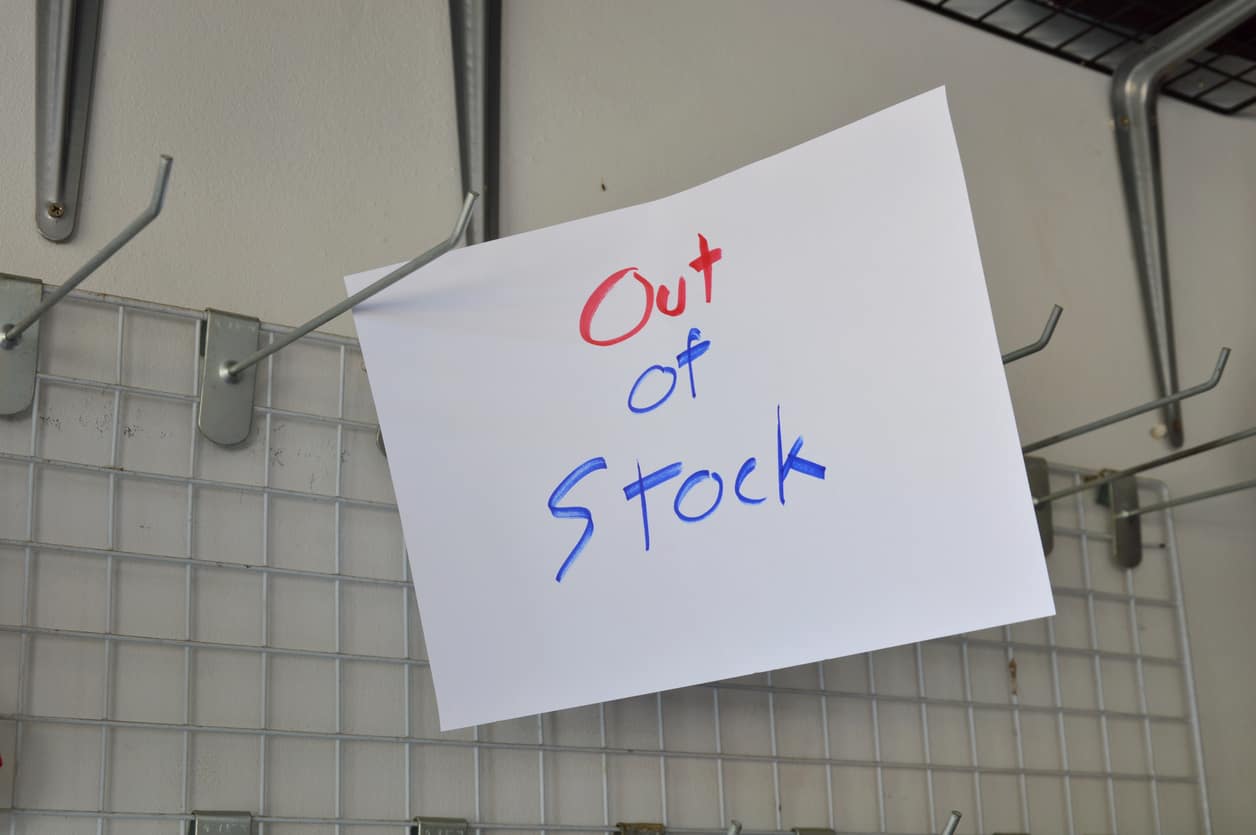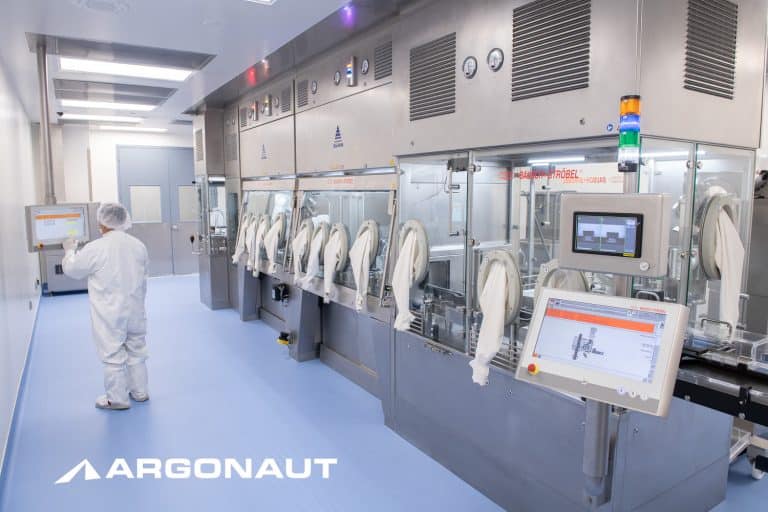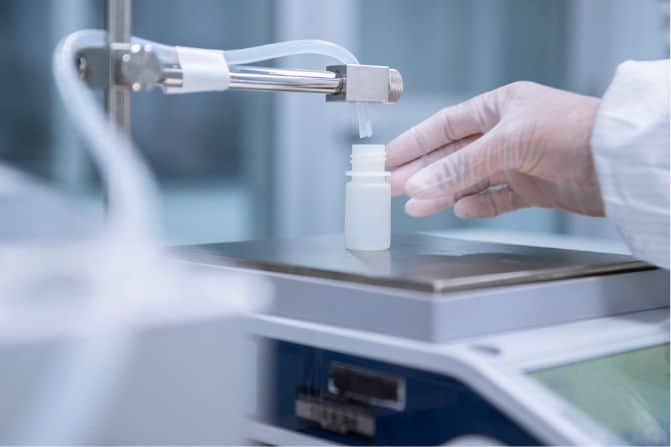The pandemic revealed need for pharmaceutical and diagnostics surge capacity
The global COVID-19 outbreak has served as an important lesson for companies worldwide on the importance of supply chain integrity and diagnostics surge capacity. Factory shutdowns across China are wreaking havoc on unprepared companies in every industry, leaving organizations scrambling to maintain product supply. The ensuing chaos is leading companies to question how they could have prevented, or at least mitigated, these setbacks. While events like the coronavirus outbreak are impossible to completely prepare for, safeguards can reduce timelines and shorten supply impacts when they do occur. Keys to keeping your products on the shelf during an adverse event include strong internal knowledge of your product, rapid second site scale-up, and ultimately a variabilized supply chain.
The ensuing chaos is leading companies to question how they could have prevented, or at least mitigated, these setbacks.
Most companies were not prepared to quickly react when the COVID-19 outbreak began disrupting supply chains. Approximately 94% of Fortune 1000 companies have felt an impact, and smaller companies are hit hard, as well. Everyday household items from toilet paper to pasta are flying off shelves as consumers brace for shortages. These are not idle worries; the February drop in global manufacturing activity was the greatest since 2009. More ominously, the FDA has already reported the first COVID-19-related drug shortage due to stalled API manufacturing in China. Manufacturing plants at the outbreak epicenter remain shut down, and even companies with open factories are struggling to import their products through customs.
In response to the crisis, the U.S. Senate has already introduced a bill to encourage API manufacturing within the United States rather than abroad. These reshoring efforts are seeking to secure the United States pharmaceutical supply chain, which currently is vulnerable due to heavy reliance on a single region. At Argonaut, we have received numerous recent inquiries from companies looking to relocate their supply chain from China. Our operations team has opened up additional capacity in order to support these surge requests.
Our operations team has opened up additional capacity in order to support these surge requests.
A Plan Helps, but is Not Sufficient
Being able to rapidly shift manufacturing elsewhere when an outbreak occurs requires advance preparation. The most important factor determining a successful transfer is strong internal knowledge of your manufacturing processes and bill of materials. Even if your main site is completely shut down, employees at other locations or working remotely should be able to access this information. These details will be crucial to quickly transfer manufacturing to a second site or contract manufacturing organization (CMO). However, relying on your manufacturing team at the epicenter of an adverse effect to transfer manufacturing knowledge is a high-risk strategy. Team members may be quarantined, ailing or otherwise preoccupied, and routing information back to your office is likely a low priority. Even with a plan in place, it may take months to implement back-up manufacturing when starting from scratch. A better solution is to have an alternate source of manufacturing already identified and briefed before disaster strikes.
The most important factor determining a successful transfer is strong internal knowledge of your manufacturing processes and bill of materials.
Have an Alternate or Second Manufacturing Site
A 2019 report by Resilinc found that only 4% of over 9,336 life science manufacturing sites had an alternate site available. The importance of establishing a second manufacturing site is evident from the coronavirus outbreak. Consider the recent spike in demand for protective face masks, as an example. Global demand is exceeding supply, and to address this companies like 3M are shifting production to their facilities outside of China. Having access to these additional facilities enables 3M to nimbly address the loss of their China operations and keep products on the shelf. Overlapping capabilities at multiple sites can provide temporary relief from supply chain failures. Many life sciences and diagnostics companies have only a single facility, but strategic engagement with a CMO can provide the necessary second site safety net. While this article focuses on the coronavirus outbreak as an example, there are other adverse events that may impact life sciences manufacturing supply chains such as M&A, extreme weather, and re-organization or management change. In all of these scenarios, having a second manufacturing site is advantageous.
The importance of establishing a second manufacturing site is evident from the coronavirus outbreak.
Leverage Flexible Manufacturing Capabilities
Variabilized supply chains are often praised as a cost savings mechanism, but the coronavirus outbreak reveals their secondary function to serve as critical surge capacity. Being able to quickly scale up production without further investment in equipment, facilities or employees could be the competitive advantage a diagnostics or biopharmaceutical company needs in an adverse event scenario. Multiple companies are now scrambling to develop and supply coronavirus diagnostics and therapies, but similar to the manufacturing supply chain issues around protective face masks, the demand again exceeds supply. A company capable of accessing rapid manufacturing scale-up can take advantage of this market pressure by obtaining affordable, on-demand manufacturing resources.
The average time-to-recovery for life science companies was 25 weeks, with some requiring 52 week.
The COVID-19 outbreak should serve as a wake-up call for life sciences, diagnostics, and biopharmaceutical companies to re-establish best manufacturing practices and obtain an alternate manufacturing site. Start by performing an internal audit to determine how long it will take your supply chain to adapt in the case of an abrupt manufacturing shutdown. In the report by Resilinc, the average time-to-recovery for life science companies was 25 weeks, with some requiring 52 weeks. If your audit reveals high risk or long recovery times, make advance preparations now. Confirm that your manufacturing process and bill of materials are accessible in the event of site closure, and consider onboarding a second manufacturing location. Qualifying a CMO as your second site now will cut down time to production in the event of an unexpected manufacturing transfer. Adverse events such as global outbreaks cannot be predicted, but with a strong supply chain strategy you can be prepared.
Qualifying a CMO as your second site now will cut down time to production in the event of an unexpected manufacturing transfer.



